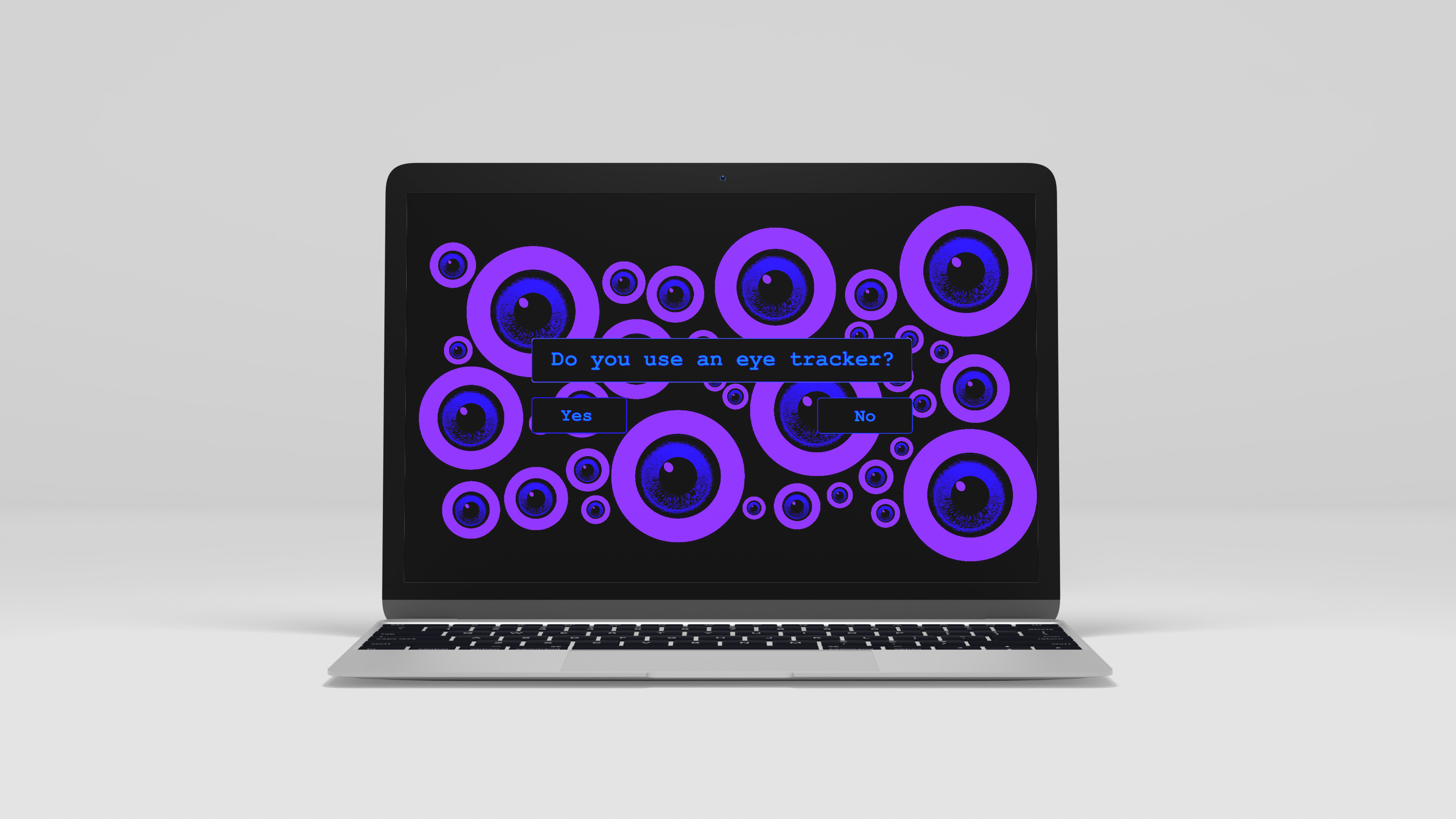Using Design to Harness Mindfulness With A Focus On Attention Deficit Disorder
Yi Liu
Attention is like a “resource of curiousness” since it is more equitably distributed. That being said, there are only marginal differences in the amount of attention each person pays. What’s more, the popularization of digital technology has led to an information explosion, while the very limited human attention signifies that they probably cannot cope with the information they are experiencing and dealing with today.
This interactive project was to question “can visual stimuli capture attention automatically, independently of the observer's goals, beliefs, or intentions?” My research methodology is to visualize people's attention according to the existing theories of attention and eye movement modes. This program uses both eye-tracking and digit-tracking techniques, and sets up two screens A and B. In particular, screen A aims to perceive one's attention state, and Screen B aims to visualize his/her attention on the screen.
Visual Attention
“Attention is normally defined as selectivity of perception”. One of the obvious ways in which attention influences perception is by directing overt visual attention to a specific stimulus. Overt visual attention brings the stimulus into the fovea, which has a higher density of sensory neurons, thereby enhanced visual processing.A Playful Embodiment of One’s Volatile Attention Spans
This video is a playful embodiment of one’s volatile attention spans. The program uses both eye-tracking and digit-tracking techniques, and sets up two screens. In particular, screen A aims to perceive one's attention state, and Screen B aims to visualize one’s attention on the screen. During the video, an individual is required to read or browse a website on the Screen A.
Launch Screen
